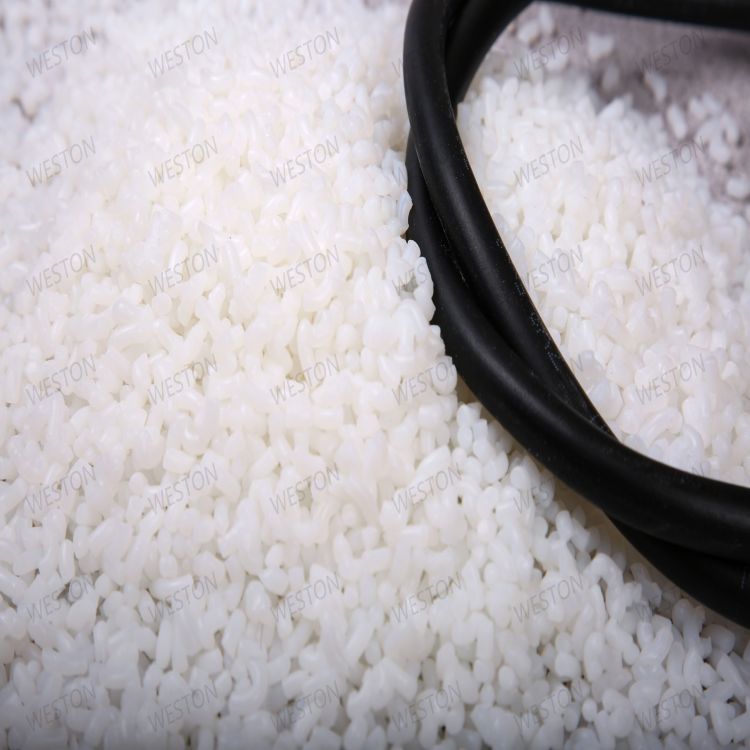-
Categories
-
Pharmaceutical Intermediates
-
Active Pharmaceutical Ingredients
-
Food Additives
- Industrial Coatings
- Agrochemicals
- Dyes and Pigments
- Surfactant
- Flavors and Fragrances
- Chemical Reagents
- Catalyst and Auxiliary
- Natural Products
- Inorganic Chemistry
-
Organic Chemistry
-
Biochemical Engineering
- Analytical Chemistry
- Cosmetic Ingredient
-
Pharmaceutical Intermediates
Promotion
ECHEMI Mall
Wholesale
Weekly Price
Exhibition
News
-
Trade Service
1.
This method is suitable for the determination of the total amount of cyanide ions in the solid waste leachate and the total amount of cyanide ions in the solid waste
Second, the principle of the method
Cyanide ions generally exist in a complex state in actual samples
3.
Unless otherwise specified, the reagents used in this method are all premium-grade pure reagents that meet national standards; the experimental water should be water with a conductivity close to 0.
(1) Eluent (100mmol/L sodium hydroxide solution-250mmol/L sodium acetate solution)
Dissolve 20.
(2) Sodium hydroxide solution (1mol/L)
Weigh 40 g of sodium hydroxide dissolved in butadiene water, dilute to 1000 mL, shake well, and store in a polyethylene container
(3) Sodium hydroxide solution (250mmol/L)
Weigh 1g of sodium hydroxide and dissolve it in water, dilute to 1000mL, shake well, and store in a polyethylene container
(4) Concentrated sulfuric acid
(5) Cyanide is separated from the standard stock solution: p(CN-)=100ug/mL
Purchase certified reference materials or weigh the corresponding solid cyanide to prepare
(6) Standard solution for cyanide ion: p(CN)=10000ug/L
Pipette 10.
Four, instruments and equipment
(1) Ion chromatograph: Ruishi Wantong IC930, equipped with automatic sampling system
.
①Analytical column: MetrosepA SUPP1 from Metrohm
.
②Detector: Ampere detector, Au working electrode (oxidation potential is 0.
1V), Pd reference electrode
.
(2) Vacuum filter or positive pressure filter
.
(3) Filter membrane: glass fiber filter membrane or microporous filter membrane, pore size 0.
6~0.
8um
.
(4) Oscillation equipment: a rotating oscillating device with a speed of 30±2r/min
.
(5) Extraction bottle: 2L wide-mouth polyethylene bottle with screw cap and inner cap
.
(6) All-glass distiller: including round bottom distillation flask and serpentine condenser
.
(7) Experimental balance: accuracy 0.
001g
.
5.
Pre-processing and interference elimination
(1) Determination of solid waste leachate
1.
Determine the moisture content
Weigh 50-100g of sample in a container with a lid, and dry it at 105°C, and calculate the moisture content of the sample with a constant weight until the error of the two weighing values is less than ±1%
.
When the sample contains the initial liquid phase, the sample should be filtered under pressure, and then the moisture content of the filter residue should be determined, and the percentage of ten solids in the sample should be calculated based on the total sample amount (the sum of the initial liquid phase and the weight of the filter residue)
.
The samples after the moisture content determination shall not be used for the leaching toxicity test
.
2.
Preparation of solid waste leachate
If the sample contains the initial liquid phase, use a pressure filter and membrane to filter the sample
.
If the percentage of dry solids is less than or equal to 9%, the obtained initial liquid phase is the leachate and analyze directly; if the percentage of dry solids is greater than 95%, the filter residue is leached according to the following method, and the initial liquid phase is mixed with the leachate for analysis
.
Weigh 150~200g of sample and place it in a 2L extraction bottle.
According to the moisture content of the sample, calculate the volume of the required extract according to the ratio of liquid to solid of 10:1 (L/kg), add pure water, and close the bottle tightly.
After the cover is fixed, it is fixed on the overturning oscillating device, adjusting the speed to 30±2r/min, and oscillating at 23℃±2℃ for 18h±2h
.
When gas is generated during oscillation, the extraction bottle should be opened in a fume hood regularly to release excessive pressure
.
Install the filter membrane on the pressure filter, filter and collect the leachate, and store it at 4°C
.
3.
Distillation
Accurately measure 10 mL of the extract, transfer it into a distillation flask, and add 200 mL of pure water
.
Connect the distillation device, turn on the condensed water, and add 10mLlmol/L sodium hydroxide solution as the absorption liquid in the receiving flask
.
Quickly add 10 mL of concentrated sulfuric acid to the distillation flask and cap it immediately
.
The electric furnace is turned on, and the distillate is heated and distilled at a rate of 2 to 4 mL/min
.
When the sample in the receiving bottle is close to 100 mL, stop the distillation, rinse the distillate tube with a small amount of water, take out the receiving bottle, and dilute to 100 mL with water
.
(2) Total solid waste determination
Weigh 5g (accurate to 0.
001g) of representative solid waste through a 180um sieve, wrap it slightly tightly and transfer it into a distillation flask
.
Connect the distillation device, turn on the condensed water, and add 10 mL of 1 mol/L sodium hydroxide solution as the absorption liquid in the receiving flask
.
Quickly add 10 mL of concentrated sulfuric acid to the distillation flask and cap it immediately
.
The electric furnace is turned on, and the distillate is heated and distilled at a rate of 2 to 4 mL/min
.
When the sample in the receiving bottle is close to 100 mL, stop the distillation, rinse the distillate tube with a small amount of water, take out the receiving bottle, and dilute to 100 mL with water
.







